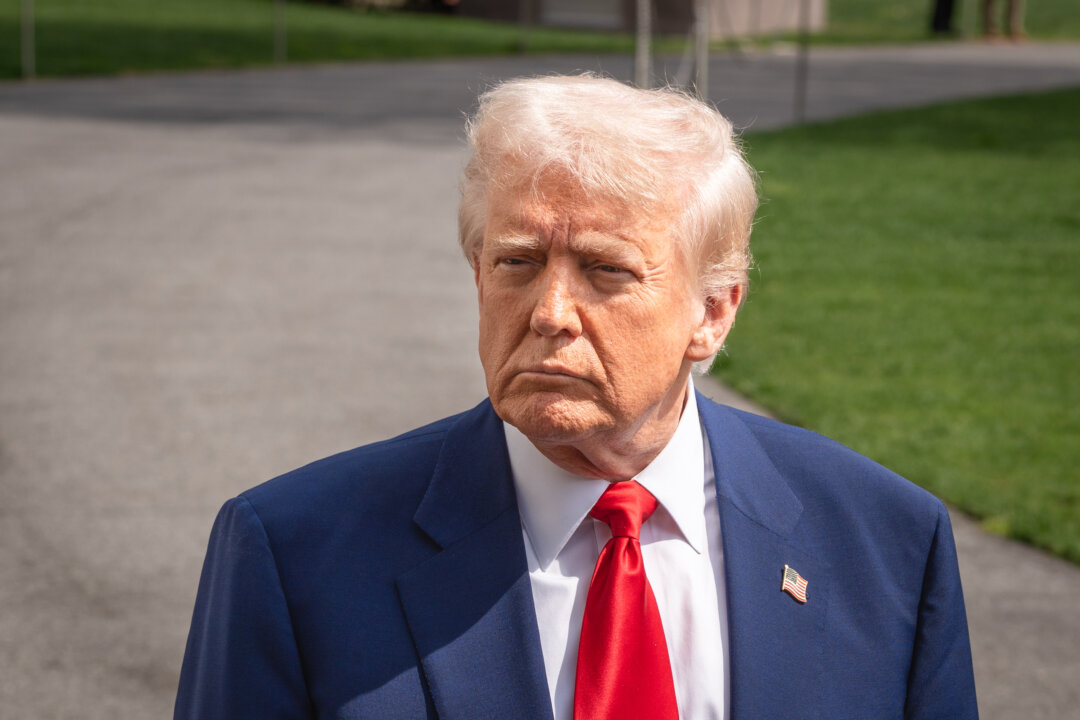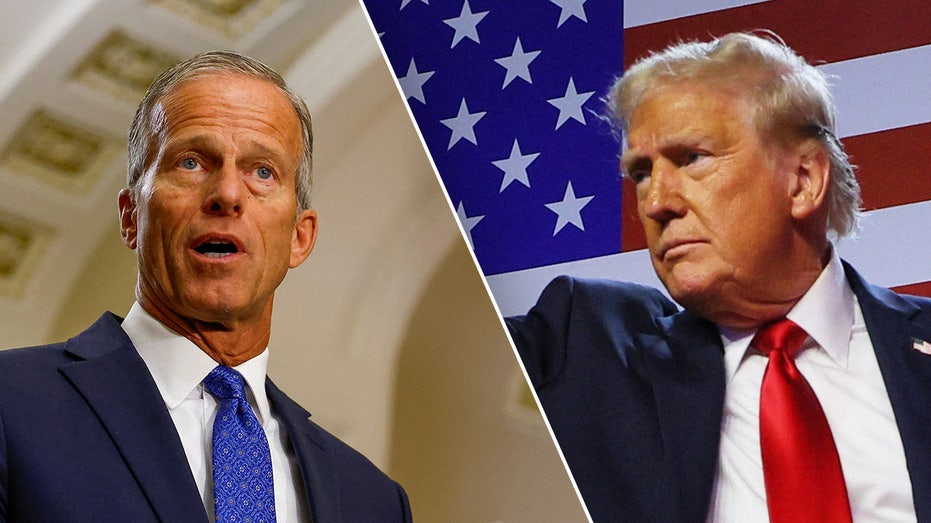
If a rival nation sought to cripple America’s economy, impair its relations with its allies and destroy its standing among the world’s nations, it would be difficult to craft a better strategy than that which is currently being implemented by U.S. President Donald Trump and his administration.
Read this article for free: Already have an account? As we navigate through unprecedented times, our journalists are working harder than ever to bring you the latest local updates to keep you safe and informed. Now, more than ever, we need your support. Starting at $15.

99 plus taxes every four weeks you can access your Brandon Sun online and full access to all content as it appears on our website. or call circulation directly at (204) 727-0527. Your pledge helps to ensure we provide the news that matters most to your community! If a rival nation sought to cripple America’s economy, impair its relations with its allies and destroy its standing among the world’s nations, it would be difficult to craft a better strategy than that which is currently being implemented by U.
S. President Donald Trump and his administration. Read unlimited articles for free today: Already have an account? Opinion If a rival nation sought to cripple America’s economy, impair its relations with its allies and destroy its standing among the world’s nations, it would be difficult to craft a better strategy than that which is currently being implemented by U.
S. President Donald Trump and his administration. After curtailing its foreign aid activities, gutting its world-leading public health system, shutting down its education department, abusing and abandoning Ukraine, alienating its European allies, destabilizing NATO and making repeated threats of invasion and/or annexation against Canada, Greenland and Panama, the Trump administration has finally revealed the so-called reciprocal tariffs it has been promising for more than a month.
Yesterday afternoon, Trump announced the imposition of tariffs on a wide range of goods and commodities entering the U.S., with higher rates to be imposed on many nations that currently have the highest trade surpluses with the United States.
The new tariff system, which will take effect at 12:01 a.m. ET on April 9, imposes a “baseline” 10 per cent tariff on all goods and commodities shipped from all countries into the U.
S., while more than 60 nations will be charged even higher rates equal to one-half of the rate that Trump claims they currently apply to imports from America. In particular, the European Union will be charged a 20 per cent tariff, while the rates will be 24 per cent for Japan, 25 per cent for South Korea, 26 per cent for India and 34 per cent for China.
Trump says that goods that are presently subject to the Canada-U.S.-Mexico free trade agreement will be exempt from the new tariffs, but a 25 per cent tariff will be applied to all goods and commodities from Canada and Mexico that are not subject to that agreement.
He added that a 25 per cent tariff on foreign-made automobiles — including those made in Canada — would take effect at 12:01 a.m. today.
Trump took specific aim at Canada during his remarks, repeating the specious claim that America is subsidizing our nation via a $200-billion trade surplus. In fact, our trade surplus is much lower than that, and only because of America’s appetite for Canadian oil. If that oil is excluded from the calculation, America is actually running a multibillion-dollar annual surplus in its trading relationship with Canada.
Those are the facts, but Trump is seldom encumbered by facts when making an argument. For example, the imposition of tariffs on Canadian goods and commodities is apparently based on Trump’s claim that America is experiencing a national emergency caused by the flow of fentanyl from Canada. A Globe and Mail report revealed yesterday, however, that U.
S. government records indicate that just one-tenth of one per cent of all the fentanyl seized within the entire “northern border region” of the U.S.
originated from Canada — just 0.74 pounds. Trump claims that his new tariffs will be a huge source of new revenue for America, paving the way for sweeping tax cuts that will leave more money in the pockets of Americans.
Many leading economists disagree with him, however. They point out that the tariffs will actually be paid by U.S.
companies and consumers, making many items that Americans need and rely upon instantly more expensive. They predict widespread job losses and say the new tariffs could quickly plunge the U.S.
into a recession. The likelihood of that outcome is amplified by the possibility that many of the nations targeted by Trump yesterday plan to impose their own tariffs on U.S.
imports in retaliation, along with export tariffs on goods being shipped from those countries to the U.S. Here in Canada, we are already experiencing job losses across the country due to the uncertainty caused by Trump’s tariff threats over the past two months.
Now that the threat has become real, the prospect of hundreds of thousands of Canadians being laid off over the coming days and weeks is a genuine — and terrifying — possibility. So too is the likelihood that the Carney government will impose retaliatory tariffs on a range of goods being shipped from the U.S.
into Canada. America has plunged the world into economic turmoil, based upon a misguided strategy that claims to put America first, yet could wreak tremendous long-term harm to America’s economy and citizens. As Canadians adjust to the new tariff reality, we must work to quickly reduce our dependence on the U.
S. market by buying Canadian and building new trading relationships around the globe. We must stay strong and unified.
It won’t be easy and it won’t be painless, but it will still be better than becoming America’s 51st state. Elbows up, Canada. The fight is just beginning.
Advertisement Advertisement.















